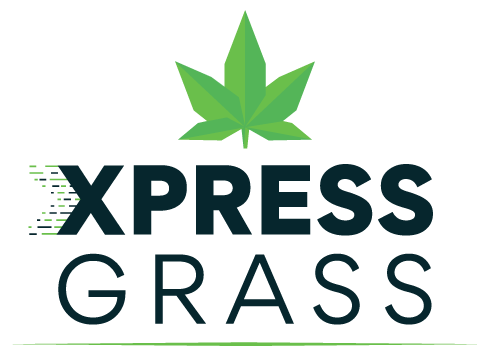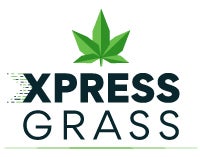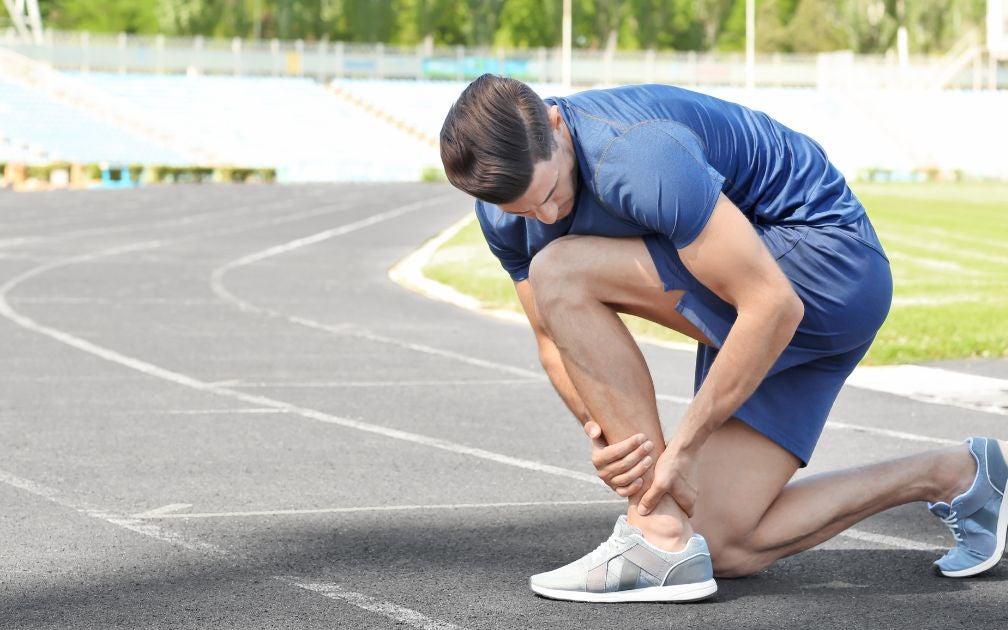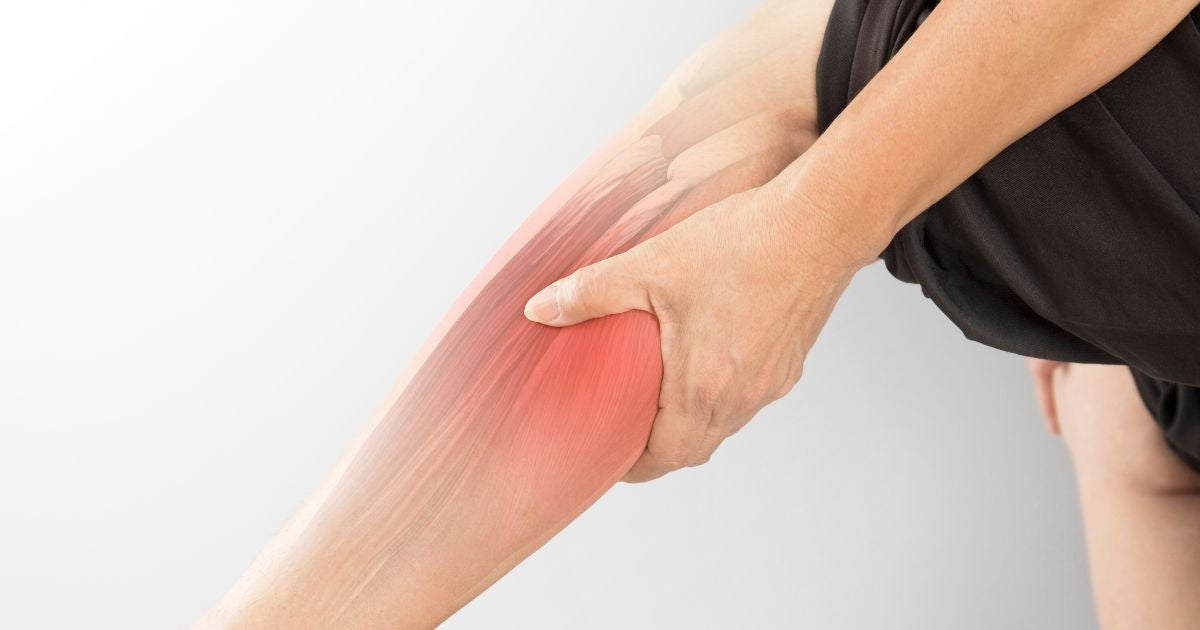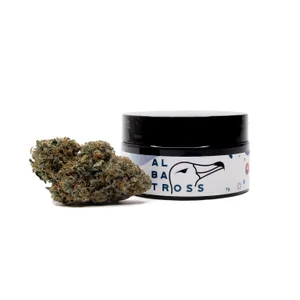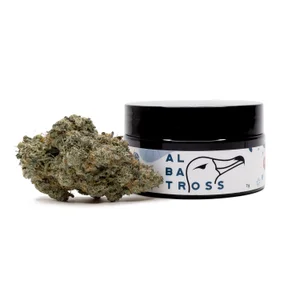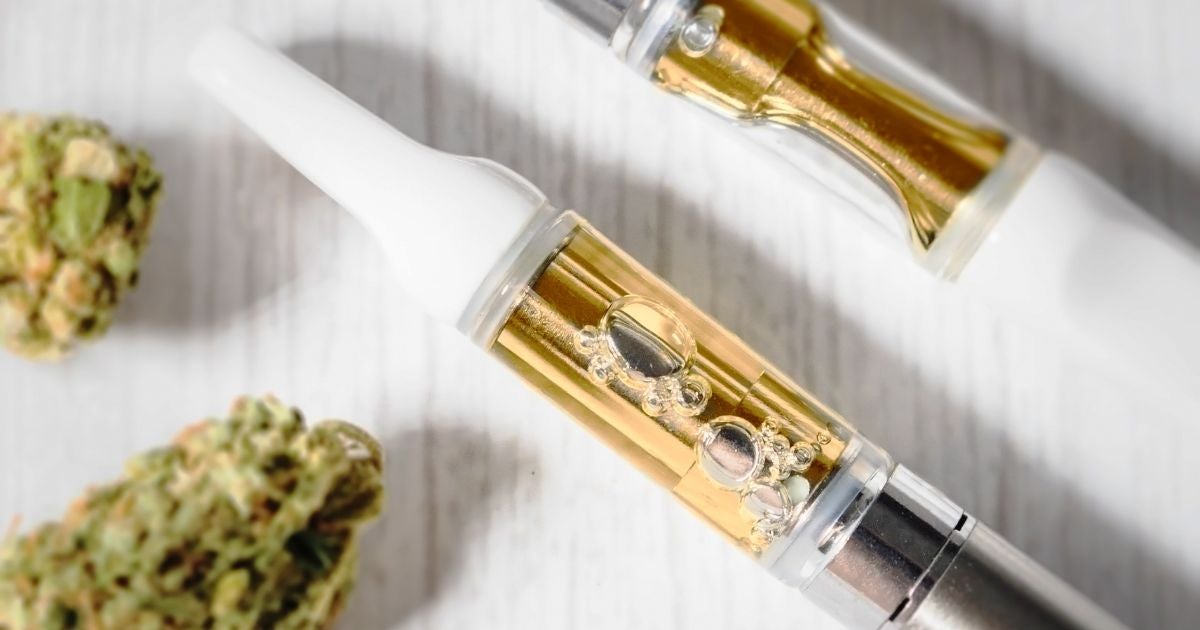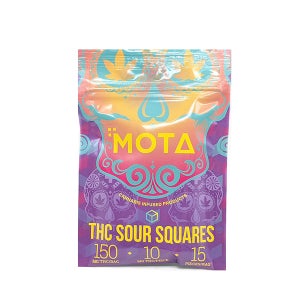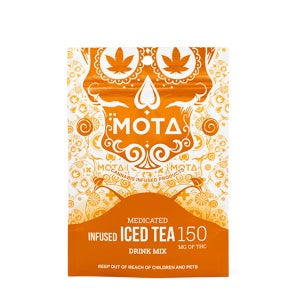Cannabis Strains for Muscle Spasms: Discovering Nature’s Therapeutic Remedies
Muscle spasms can be a disruptive and uncomfortable experience, affecting people for various reasons. Whether due to physical exertion, underlying medical conditions, or neurological disorders, they can greatly impact daily life. In this comprehensive guide, we review Cannabis Strains for Muscle Spasms for their potential in alleviating muscle spasms and providing natural relief. Join us as we explore the reasons behind muscle spasms, and the therapeutic benefits of cannabis, and uncover the best cannabis strains for muscle spasms, offering a holistic approach to finding comfort and improved well-being.
Table of Contents
- Understanding Muscle Spasms
- Cannabis and Its Therapeutic Potential
- Popular Cannabis Strains for Muscle Spasms
- Choosing the Right Cannabis Strain
- Safe and Responsible Cannabis Use
- Conclusion
- Frequently Asked Questions
Understanding Muscle Spasms
Muscle spasms, also known as muscle cramps, are involuntary contractions of one or more muscles. They can occur suddenly and are often accompanied by intense pain.
There are different types of muscle spasms, each with its own set of triggers. The most common types include skeletal muscle spasms, which affect the muscles we consciously control, and smooth muscle spasms, which affect the muscles found in our organs. Skeletal muscle spasms can be caused by factors such as dehydration, electrolyte imbalances, muscle fatigue, or nerve damage. On the other hand, smooth muscle spasms may be triggered by conditions like irritable bowel syndrome or menstrual cramps.
The symptoms of muscle spasms can vary depending on the affected muscle group. Common signs include muscle stiffness, twitching, and a visible bulge or knot in the muscle. Spasms can range from mild and short-lived to severe and prolonged, causing significant discomfort and limitation of movement.
Given the disruptive nature of muscle spasms, effective treatments and management strategies are essential. This is where the potential of cannabis strains comes into the spotlight.
Cannabis and Its Therapeutic Potential
Cannabis, also known as marijuana, has been used for centuries for its medicinal properties, especially hybrid and sativa-dominant cannabis strains. It contains over 100 chemical compounds, known as cannabinoids, with two primary players: tetrahydrocannabinol (THC) and cannabidiol (CBD). THC is responsible for the psychoactive effects commonly associated with cannabis, while CBD is non-intoxicating and believed to have numerous therapeutic benefits.
When it comes to muscle spasms, cannabinoids have shown promise in providing relief. THC and CBD interact with the body’s endocannabinoid system, a complex network of receptors and molecules involved in regulating various physiological processes. This interaction can help modulate pain perception, muscle contractions, and inflammation, leading to potential relief from muscle spasms.
Studies have indicated that THC can have muscle relaxant properties, reducing muscle spasms and their associated pain. It achieves this by binding to cannabinoid receptors in the central nervous system and peripheral tissues. CBD, on the other hand, has shown anti-inflammatory properties and can help alleviate pain and muscle tension.
It’s important to note that the therapeutic effects of cannabis can vary depending on the strain and its cannabinoid profile. Different strains have different ratios of THC to CBD, resulting in varying effects. Some strains are known for their relaxing and muscle-soothing properties, while others may be more uplifting or have different therapeutic focuses. Consulting a healthcare professional or knowledgeable dispensary staff can help identify strains with the desired cannabinoid profiles for muscle spasms.
While cannabis strains show promise in managing muscle spasms, it is crucial to consider potential side effects and limitations. THC, being psychoactive, can cause cognitive and psychomotor impairment. It may also lead to feelings of euphoria or anxiety in some individuals. CBD, on the other hand, is generally well-tolerated but may cause mild side effects such as dry mouth or drowsiness.
Furthermore, the legal status of cannabis varies across jurisdictions. While some countries or states have legalized its medical and/or recreational use, others still have strict regulations or consider it illegal. It is important to be aware of the laws in your area and seek professional advice before incorporating cannabis into your treatment regimen.
When considering cannabis as a treatment option, it is essential to consult a healthcare professional with expertise in medical cannabis. They can provide guidance on strain selection, dosage, and potential drug interactions. It is always recommended to take an informed and responsible approach when exploring alternative treatments.
Popular Cannabis Strains for Muscle Spasms
When it comes to finding the right cannabis strain for muscle spasms, it’s important to consider the dominant cannabinoid profile of each strain. Different cannabinoids and terpenes interact in unique ways, offering varying therapeutic benefits. In this comprehensive list, we’ll explore popular cannabis strains known for their muscle spasm-relieving properties and categorize them based on their dominant cannabinoid profile: THC-dominant, CBD-dominant, or balanced THC/CBD ratio. Remember to consult a healthcare professional or knowledgeable dispensary staff to find the most suitable strain for your needs and to ensure compliance with local laws.
THC-Dominant Strains
- Trainwreck
- Description: Trainwreck is a potent sativa-dominant hybrid strain known for its uplifting and euphoric effects. It originated in Northern California.
- Cannabinoid Profile: THC-dominant (around 18-25% THC), low CBD
- Terpene Profile: High in terpinolene, myrcene, and beta-caryophyllene; may contribute to its potential muscle-relaxing and analgesic effects.
- Benefits: Reported to provide muscle relaxation, pain relief, and a sense of euphoria. It may also help alleviate stress and anxiety.
- Side Effects/Considerations: May cause dry mouth, dry eyes, or increased heart rate. High THC levels can lead to psychoactive effects and impair cognitive function.
- Availability and Legal Restrictions: Trainwreck is widely available in areas where recreational or medical cannabis is legalized. Legal restrictions may apply in some regions.
- Recommended Dosage and Consumption Methods: Start with a low dosage due to its high THC content. Inhalation methods like vaporization or smoking can provide rapid relief.
- OG Kush
- Description: OG Kush is a legendary indica-dominant strain known for its strong and relaxing effects. Its exact origins remain a topic of debate.
- Cannabinoid Profile: THC-dominant (around 20-25% THC), low CBD
- Terpene Profile: Rich in myrcene, limonene, and beta-caryophyllene; may contribute to its potential muscle-relaxing, sedating, and analgesic properties.
- Benefits: Known to provide deep relaxation, pain relief, and stress reduction. It may also help with sleep issues often associated with muscle spasms.
- Side Effects/Considerations: Can cause dry mouth, dry eyes, dizziness, or increased appetite. High THC levels can induce psychoactive effects and impair coordination.
- Availability and Legal Restrictions: OG Kush is widely available in areas where recreational or medical cannabis is legalized. Legal restrictions may apply in some regions.
- Recommended Dosage and Consumption Methods: Start with a low dosage due to its high THC content. Inhalation or oral consumption methods are common.
CBD-Dominant Strains
- Charlotte’s Web
- Description: Charlotte’s Web is a renowned CBD-dominant strain named after Charlotte Figi, a young girl whose story brought attention to the potential therapeutic benefits of CBD.
- Cannabinoid Profile: CBD-dominant (typically contains less than 1% THC)
- Terpene Profile: Contains a variety of terpenes, including myrcene, pinene, and limonene; these terpenes may contribute to its reported anti-inflammatory and muscle-relaxing properties.
- Benefits: Known for its anti-inflammatory and analgesic effects, Charlotte’s Web may provide relief from muscle spasms and associated pain without psychoactive effects.
- Side Effects/Considerations: CBD-dominant strains like Charlotte’s Web are generally well-tolerated with minimal side effects. However, some individuals may experience mild side effects such as dry mouth or drowsiness.
- Availability and Legal Restrictions: Charlotte’s Web is widely available in areas where CBD products are legally accessible. It is often derived from hemp, which is federally legal in the United States.
- Recommended Dosage and Consumption Methods: Dosage recommendations vary depending on the individual’s needs and sensitivity. It is advisable to start with a low dosage and gradually increase as needed. Consumption methods include oral administration, such as tinctures or capsules.
- Harlequin
-
- Description: Harlequin is a well-known CBD-dominant strain that offers a balanced cannabinoid profile, providing both CBD and a low-to-moderate level of THC.
- Cannabinoid Profile: Balanced THC/CBD ratio (typically around 5-10% THC and 5-15% CBD)
- Terpene Profile: Rich in myrcene, pinene, and beta-caryophyllene; these terpenes may contribute to its reported anti-inflammatory and muscle-relaxing effects.
- Benefits: Harlequin is known for its potential muscle relaxation, pain relief, and mood-enhancing properties. It offers a gentle and functional experience with reduced psychoactive effects.
- Side Effects/Considerations: Harlequin generally produces mild side effects such as dry mouth and dry eyes. The low-to-moderate THC content minimizes the likelihood of psychoactive effects.
- Availability and Legal Restrictions: Harlequin may be available in areas where both CBD and low-THC cannabis products are legally accessible. Legal restrictions may apply in some regions.
- Recommended Dosage and Consumption Methods: Dosage recommendations may vary based on individual needs and desired effects. Start with a low dosage and adjust as necessary. Consumption methods include inhalation or oral administration.
Balanced THC/CBD Ratio Strains
- Cannatonic
- Description: Cannatonic is a popular strain renowned for its balanced THC/CBD ratio, providing a harmonious combination of both cannabinoids.
- Cannabinoid Profile: Balanced THC/CBD ratio (typically around 5-15% THC and 5-15% CBD)
- Terpene Profile: Contains terpenes such as myrcene, pinene, and caryophyllene, which may contribute to its reported analgesic, anti-inflammatory, and muscle-relaxing effects.
- Benefits: Cannatonic is often sought after for its potential to alleviate muscle spasms, reduce pain, and promote relaxation, while maintaining mental clarity.
- Side Effects/Considerations: Cannatonic generally produces minimal side effects. However, some individuals may experience dry mouth or mild drowsiness.
- Availability and Legal Restrictions: Cannatonic may be available in areas where balanced THC/CBD strains are legally accessible. Legal restrictions may apply in some regions.
- Recommended Dosage and Consumption Methods: Dosage recommendations may vary depending on individual sensitivity and desired effects. Start with a low dosage and adjust as needed. Consumption methods include inhalation, oral administration, or topical application.
- ACDC
- Description: ACDC is a popular strain known for its high CBD content and low THC levels, offering a primarily CBD-dominant experience.
- Cannabinoid Profile: CBD-dominant (typically contains high CBD and minimal THC, often below 1% THC)
- Terpene Profile: Rich in terpenes such as myrcene, pinene, and limonene, which may contribute to its reported anti-inflammatory, analgesic, and muscle-relaxing properties
- Benefits: ACDC is valued for its potential to provide muscle relaxation, reduce inflammation, and alleviate pain associated with muscle spasms. It offers a calming and clear-headed experience without significant psychoactive effects.
- Side Effects/Considerations: ACDC is generally well-tolerated, with minimal side effects reported. However, some individuals may experience dry mouth or mild drowsiness.
- Availability and Legal Restrictions: ACDC may be available in areas where high-CBD, low-THC strains are legally accessible. Legal restrictions may apply in some regions.
- Recommended Dosage and Consumption Methods: Dosage recommendations can vary based on individual needs and desired effects. Start with a low dosage and adjust gradually. Consumption methods include inhalation, oral administration, or topical application.
It’s important to note that availability, legal restrictions, and recommended dosages may vary depending on your location and the specific regulations governing cannabis. Always consult with healthcare professionals or knowledgeable dispensary staff for personalized guidance.
Choosing the Right Cannabis Strain for Muscle Spasm
When it comes to finding the right cannabis strain for managing muscle spasms, personalized medicine and individual experiences play a crucial role. What works for one person may not necessarily work for another. To select the most suitable cannabis strain, consider the following factors:
Cannabinoid Profile and its Impact on Muscle Spasms
The cannabinoid profile of a strain, particularly the levels of THC and CBD, can have a significant impact on its effectiveness in managing muscle spasms. THC is known for its muscle-relaxing and analgesic properties, while CBD offers anti-inflammatory and potentially antispasmodic effects. Understanding the desired ratio of THC to CBD can help guide your strain selection process.
Terpene Profile and its Potential Synergistic Effects
Terpenes, the aromatic compounds found in cannabis, also play a role in its therapeutic effects. Different terpenes have unique properties that can enhance or modify the overall experience. For example, myrcene is known for its potential muscle-relaxing effects, while limonene may provide mood-boosting benefits. Consider the terpene profile of a strain and how it aligns with your desired outcomes.
Desired Effects and Intensity
Clearly define the effects you are seeking from a cannabis strain. Are you primarily looking for muscle relaxation, pain relief, or both? Consider the intensity level you are comfortable with. Some strains may offer a more gentle and functional experience, while others may have more pronounced psychoactive effects. Understanding your desired effects and intensity can help narrow down your choices.
Personal Tolerance and Sensitivity
Everyone’s body reacts differently to cannabis. Personal tolerance and sensitivity can vary significantly. If you are new to cannabis or have a low tolerance, it’s advisable to start with strains that have lower THC levels or a balanced THC/CBD ratio. As you become more familiar with the effects, you can gradually explore strains with higher THC content.
Consumption Methods
Consider the consumption methods that align with your preferences and lifestyle. Smoking and vaping provide rapid onset of effects, while edibles offer a longer-lasting experience. Each method has its pros and cons, so choose the one that suits you best. Keep in mind that dosing and onset times can vary depending on the consumption method.
Safe and Responsible Cannabis Use
Responsible consumption of cannabis is paramount to ensure a positive experience and minimize potential risks. Here are some key considerations:
Dosage Control and the “Start Low, Go Slow” Approach
Start with a low dosage, especially when trying a new strain. Give your body time to adjust and observe how it affects you. Slowly increase the dosage if necessary. By following the “start low, go slow” approach, you can find the optimal balance that provides relief without overwhelming side effects.
Potential Risks and Precautions
While cannabis is generally well-tolerated, it’s important to be aware of potential risks and precautions. Possible side effects may include dry mouth, dry eyes, dizziness, or increased heart rate. In some cases, high THC levels can induce anxiety or paranoia. If you have underlying health conditions or are taking medications, consult with a healthcare professional to ensure there are no contraindications.
Seek Professional Advice and Consult Healthcare Providers
It is always recommended to seek professional advice and consult healthcare providers, especially if you are considering using cannabis for therapeutic purposes. Healthcare professionals with expertise in medical cannabis can provide personalized guidance, monitor your progress, and help optimize your treatment plan. They can also address any concerns or potential drug interactions.
Resources for Further Information and Support
Several reliable resources are available to further educate yourself about cannabis and its potential therapeutic benefits. Organizations, such as medical cannabis clinics, advocacy groups, and government websites, can provide valuable information and support. Some reputable sources include:
- National Institute on Drug Abuse (NIDA): NIDA offers comprehensive information on cannabis research, its potential benefits, and associated risks. Their website provides valuable resources for both healthcare professionals and individuals seeking information.
- Americans for Safe Access (ASA): ASA is an organization dedicated to promoting safe and legal access to cannabis for therapeutic purposes. They provide educational materials, patient resources, and advocacy efforts to support the responsible use of medical cannabis.
- Leafly: Leafly is a popular online resource that offers strain reviews, user ratings, and detailed information on various cannabis strains. Their website can help you explore different strains and understand their potential effects.
- Local Dispensaries: Local dispensaries can be a valuable source of information and guidance. The staff at dispensaries are often knowledgeable about different strains, their effects, and can provide recommendations based on individual needs.
Conclusion
In conclusion, the world of cannabis strains offers a diverse range of options for managing muscle spasms. By considering factors such as cannabinoid and terpene profiles, desired effects, personal tolerance, and consumption methods, you can embark on an exciting journey to find the perfect strain that fits your needs like a tailored suit. Remember, responsible exploration and collaboration with healthcare professionals are essential in unlocking the potential benefits of cannabis strains. So, embrace the possibilities, stay informed, and let the power of these remarkable plants guide you towards a path of relief and improved well-being. Your muscle spasms deserve to be tamed by the wonders of nature.
FAQs
What is the best cannabis for muscle spasms?
The best cannabis strains for muscle spasms are often those high in CBD and balanced in THC. These strains provide a combination of muscle relaxation and pain relief without producing excessive psychoactive effects. Some recommended strains include Harlequin, ACDC, and Cannatonic.
What cannabis terpenes help with muscle spasms?
Terpenes like myrcene, limonene, and caryophyllene are known for their potential muscle-relaxing properties. Myrcene has sedative effects, while limonene may help elevate mood and reduce inflammation. Caryophyllene is believed to have analgesic and anti-inflammatory properties. Look for strains rich in these terpenes for potential relief from muscle spasms.
Does Indica help muscle spasms?
Indica strains are often associated with relaxing effects, making them potentially beneficial for muscle spasms. The sedating and calming properties of indica strains may help alleviate muscle tension and promote relaxation. However, individual experiences can vary, so it’s important to find the strain that works best for your specific needs.
What is the best cannabis for muscle recovery?
When it comes to muscle recovery, strains high in CBD and lower in THC are often recommended. CBD has anti-inflammatory properties and may aid in reducing muscle soreness and promoting recovery. Look for strains with higher CBD content, such as Charlotte’s Web, Harlequin, or Remedy, to potentially support muscle recovery.
Is Indica or sativa better for muscle recovery?
Both Indica and sativa strains can potentially assist in muscle recovery, but the choice depends on personal preference and desired effects. Indica strains are generally more relaxing and can help with relaxation and pain relief, while sativa strains may provide a more uplifting and energizing experience. Experimentation is key to finding the best strain for your individual muscle recovery needs.
